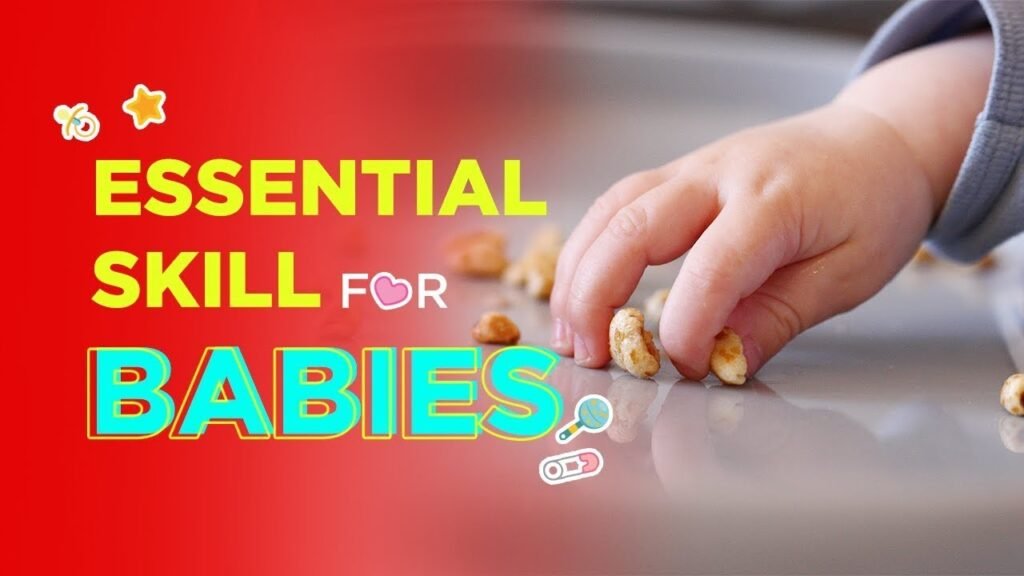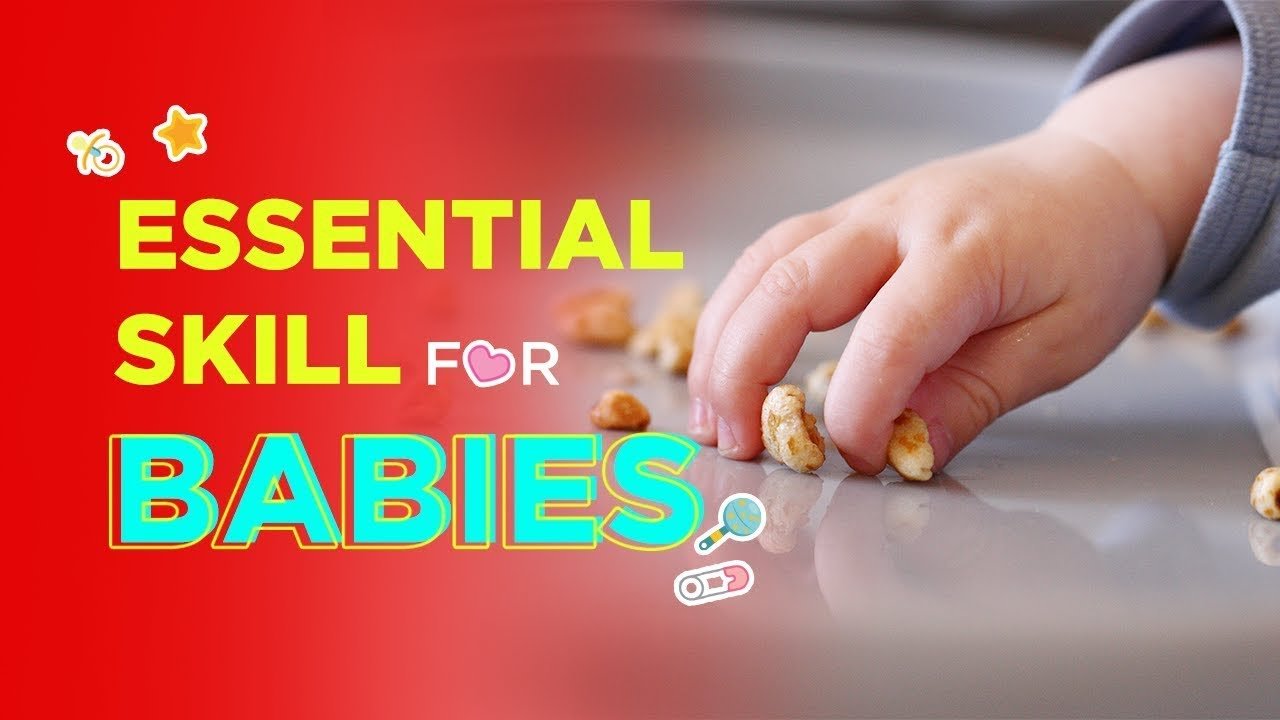When your baby reaches around 12 months, it is important for them to master the pincer grip. This skill allows them to hold and use a spoon, accurately place finger foods in their mouth, and stop mouthing toys. Through activities and toys like finger foods, puzzles, blocks, and peg men, you can help develop your baby’s pincer grasp.
Encouraging your baby to use their thumb and index finger in a pincer grip can lead to significant milestones in their development. With the ability to manipulate toys and focus on fine motor skills, your baby will be better prepared for exploring and playing independently. By introducing activities like using blocks, puzzles, and pulling tissues from a box, you can support your baby’s growth in mastering the pincer grip.
Importance of Pincer Grip Development
The development of the pincer grasp by 12 months is crucial for your baby’s overall motor skills and cognitive development. Mastering the pincer grip allows your baby to hold and use a spoon, accurately place finger food in their mouth, and prevent mouthing toys, which are all important milestones in their development journey.
Skills Enabled by Pincer Grip Mastery
By mastering the pincer grip, your baby gains the ability to hold and use a spoon independently during meal times. This skill promotes self-feeding and enhances their motor skills. Additionally, the accurate placement of finger food in their mouth helps in developing their hand-eye coordination. Lastly, by no longer mouthing toys, your baby can explore and interact with toys more effectively, stimulating their cognitive skills.
Activities to Enhance Pincer Grip
To enhance your baby’s pincer grip development, consider incorporating finger foods into their diet. Foods like cooked pasta, potato cubes, or halved blueberries require your baby to use their pincer grasp to pick them up. Engaging in activities like inset puzzles, playing with blocks and peg men, or pulling tissues from a box also help strengthen the pincer grip.

Toys for Pincer Grip Development
There are various toys available that can encourage and facilitate pincer grip development in babies. Examples include toys with small knobs that require the use of a pincer grip to manipulate, toys on a string that need to be grasped vertically, and blocks that can be stacked or posted into containers. These toys not only promote pincer grip development but also make learning enjoyable for your baby.
Resources for Parents
As a parent, it’s important to have access to resources that can guide you in your baby’s development journey. You can utilize free 0-12 months old developmental milestone charts to track your baby’s progress. Additionally, video guides by experts like Emma Hubbard can provide valuable insights and tips on enhancing your baby’s pincer grip development.
Common Challenges and Solutions
Identifying challenges in pincer grip development is essential for addressing them effectively. Strategies like using specific toys, adjusting food presentation, and providing appropriate activities can help overcome obstacles in pincer grip development. By being aware of these challenges and implementing solutions, you can support your baby in mastering the pincer grip.
Seeking Professional Help
Knowing when to consult a pediatrician regarding your baby’s pincer grip development is crucial. Early intervention in addressing any issues with pincer grip development can prevent potential delays in motor and cognitive skills. Seeking professional help when needed ensures that your baby receives the support and guidance necessary for optimal development.
Progress Monitoring
Regular evaluation of your baby’s pincer grip development is important to track their milestones and improvements. By monitoring their progress, you can identify any areas that may need additional attention or support. Celebrating achievements and milestones in pincer grip mastery can motivate both you and your baby to continue working towards developmental goals.
Creating a Stimulating Environment
Creating a conducive environment for pincer grip activities is essential for your baby’s development. Set up spaces where your baby can engage in activities that promote pincer grip skills, and incorporate play into daily routines to encourage learning and growth. By fostering a stimulating environment, you can enhance your baby’s pincer grip development effectively.
Conclusion
In conclusion, mastering the pincer grip is a crucial milestone in your baby’s development. By understanding the importance of pincer grip development, engaging in activities to enhance this skill, utilizing appropriate toys, accessing resources for guidance, and monitoring progress, you can support your baby in achieving optimal pincer grip mastery. Encourage and nurture your baby’s pincer grip development to help them thrive and reach their full potential.

